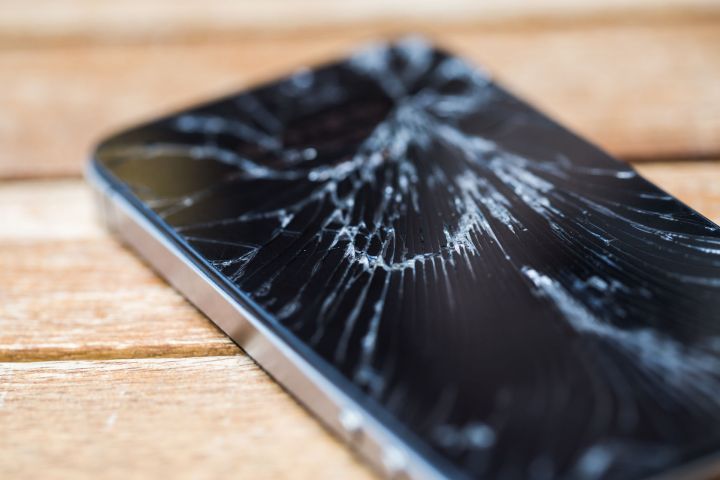
In research results published in the magazine Science, lead researcher Takuzo Aida from the University of Tokyo noted that the glass could aid in sustainability across a number of devices. And not only would a self-healing glass be a boon to consumers, but it could also help reduce environmentally unfriendly waste at large.
“High mechanical robustness and healing ability tend to be mutually exclusive,” the researchers noted. And while some self-healing materials do exist, they continued, “in most cases, heating to high temperatures, on the order of 120-degrees Celsius or more, to reorganize their cross-linked networks, is necessary for the fractured portions to repair.”
This, however, is not the case with the new glass. The new polymer is said to be able to heal itself at room temperature, unlike similarly regenerative rubbers and plastics that are currently on the market.
As reported by the Guardian, polyether-thioureas glass’ impressive capabilities were actually discovered by accident by graduate student Yu Yanagisawa, who was planning to use the polymer as a glue. But when he cut the surface of the polymer, he found that edges would actually stick to one another, and after 30 seconds of being pressed together, would come together to form a “strong sheet.” And after experimenting a bit more, Yanagisawa found that the material managed to return to its original strength after a couple hours passed.
“I hope the repairable glass becomes a new environment-friendly material that avoids the need to be thrown away if broken,” he told Japan’s NHK. Needless to say, so do we.


